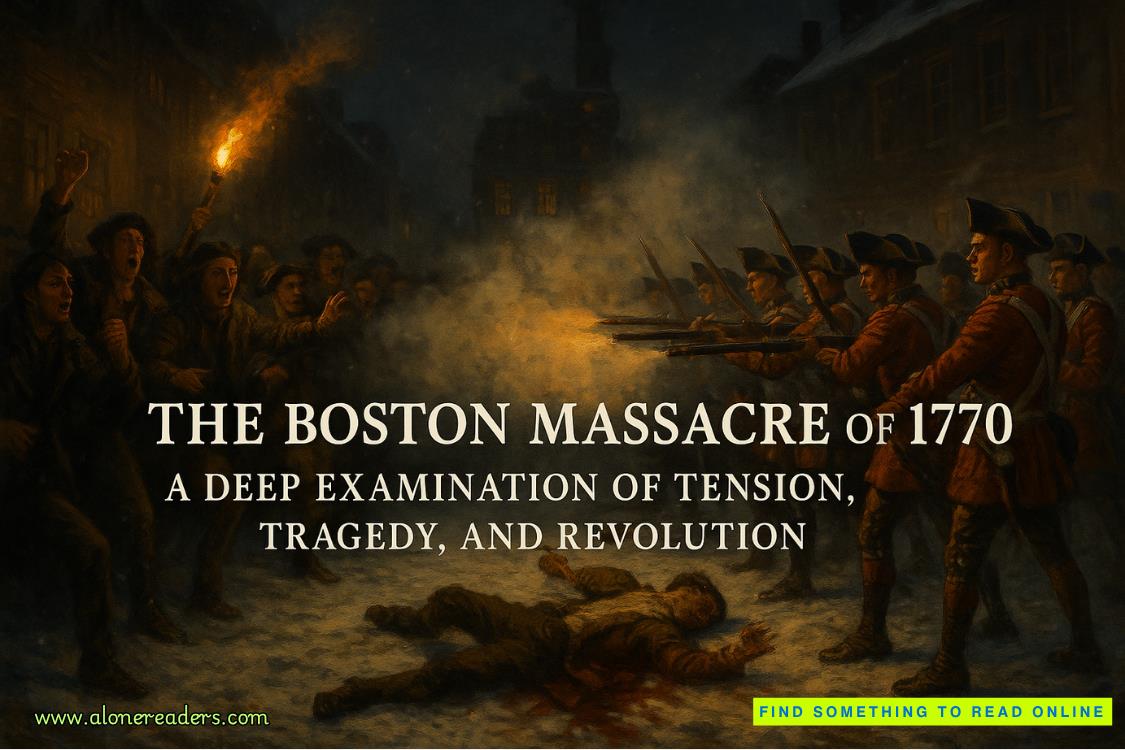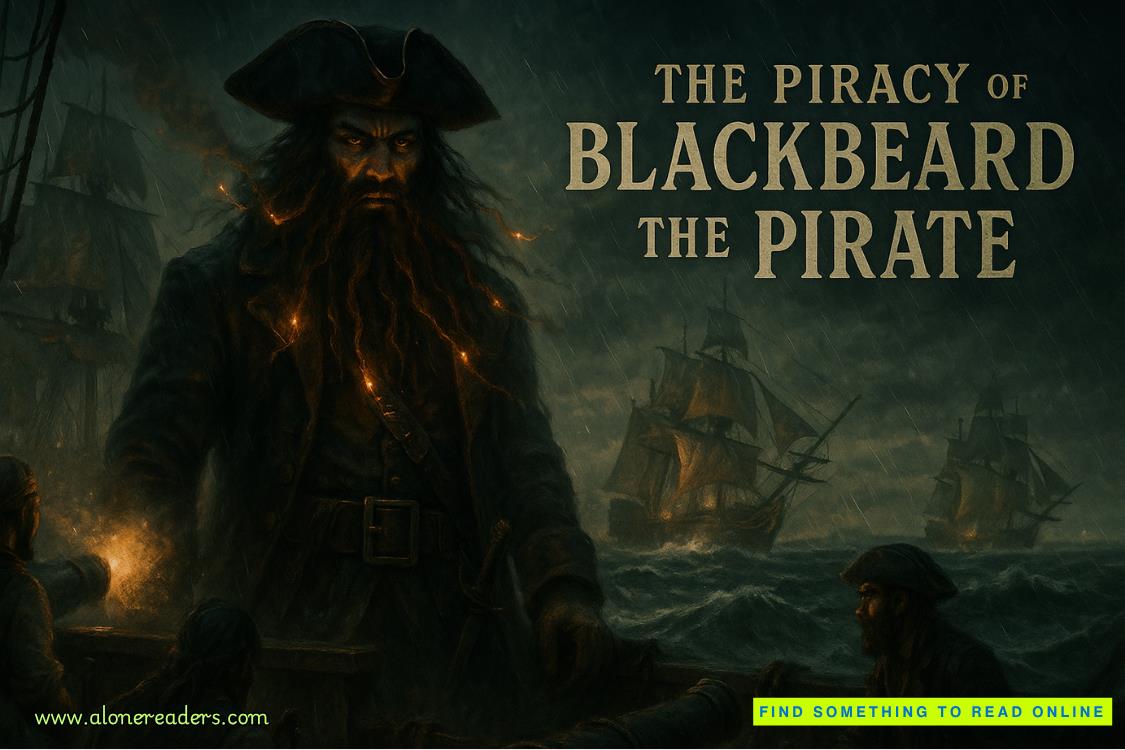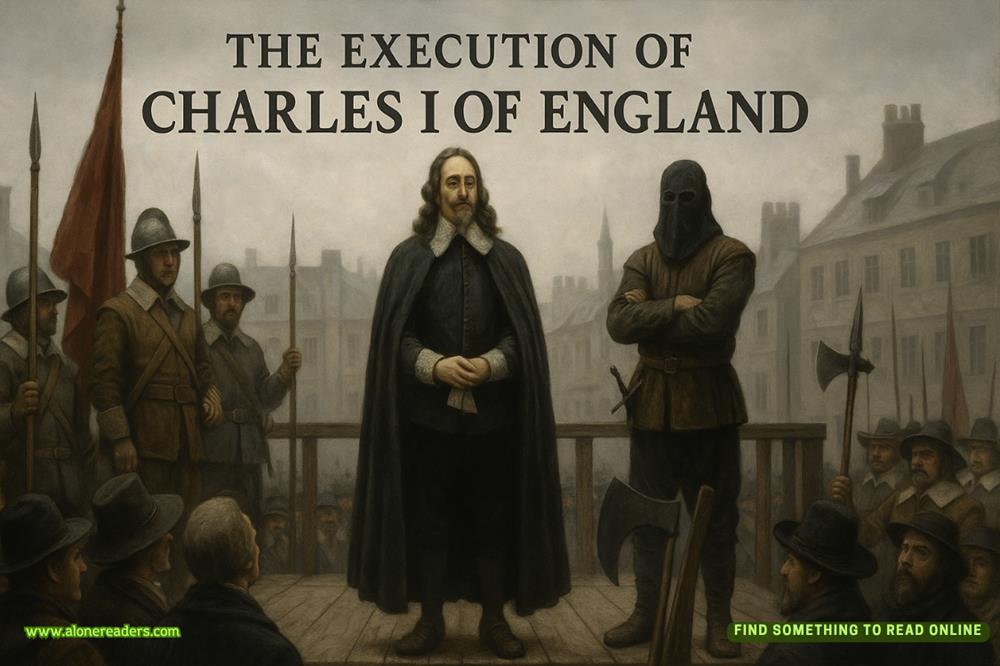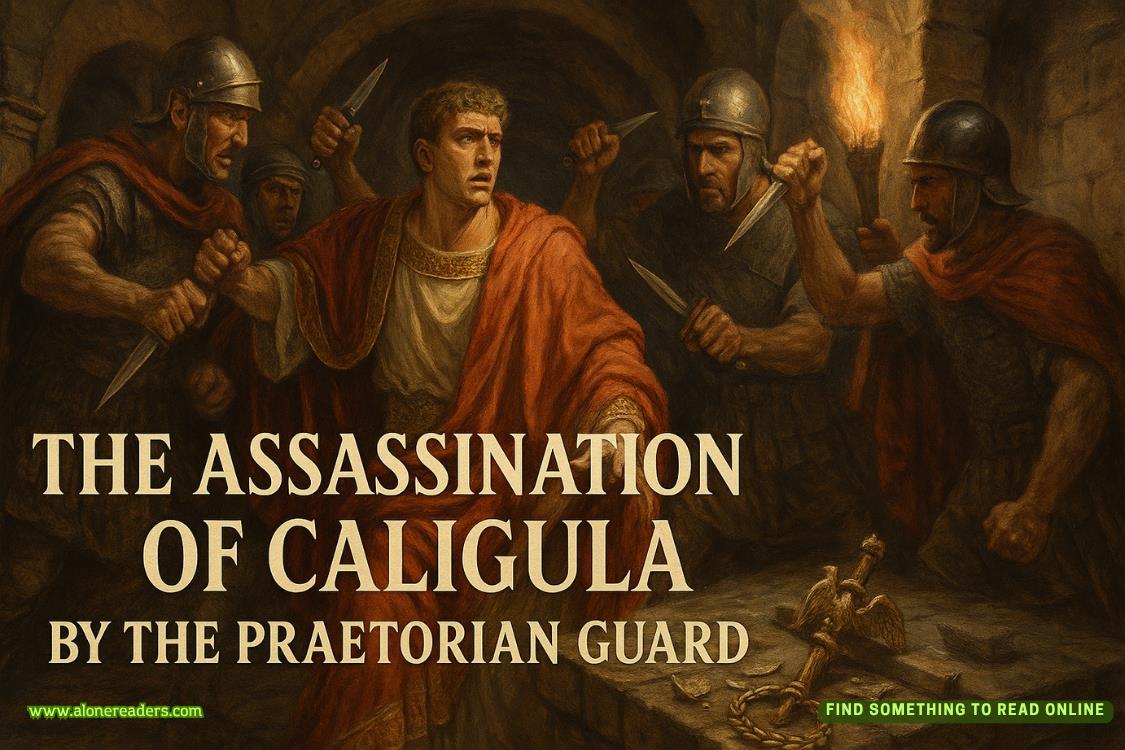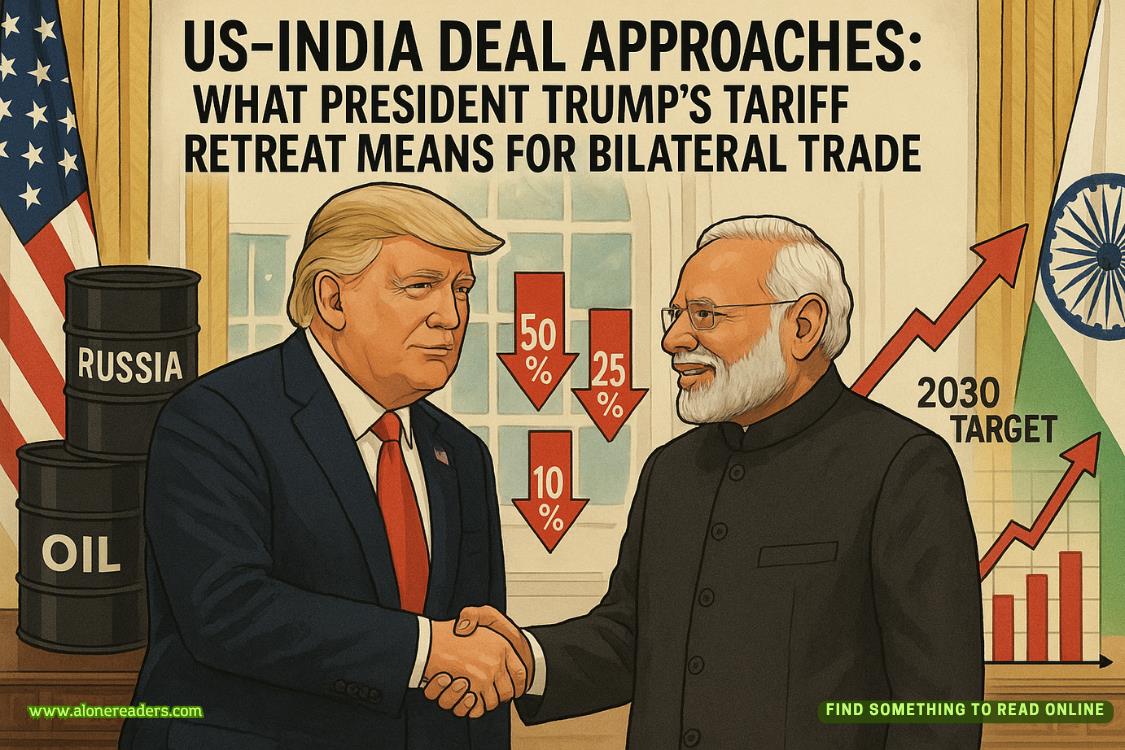Page 138 of Silver Stars (Front Lines 2)
Interstitial
107TH EVAC HOSPITAL, WüRZBURG, GERMANY—APRIL 1945
We did not take Monte Cassino, Gentle Reader. It took three more tries before Polish troops finally climbed the last bloody feet.
By then the bombers had come and obliterated the monastery. That was a pity, I suppose, especially since it didn’t really help. But that’s war, I guess. If you don’t want to see your great old buildings blown to hell, don’t start wars.
General Mark Clark finally got his big moment of fame, capturing Rome. Yep. American forces took Rome on June 4, 1944. The world had two days to give a damn and then, well, you know what happened on June 6, 1944.
I call it justice: the great glory hound general had his glory dimmed. Too bad he left so many thousands of good men and women dead on the way. And they’re still fighting in Italy, even with the Russkies closing in on Berlin and the Americans racing to the Wolf’s Lair. I don’t know what history will have to say about the battles for Italy, but from where I sit it looks like a huge damned waste.
/>
But that’s the word for all war, isn’t it? Waste. Villages and towns and great cities turned to rubble; civilians homeless, wandering the fields trying to find a blade of grass to eat, waiting for sons and husbands who aren’t ever coming home.
In Italy we had Brits, Canadians, Aussies, Kiwis—who came damned close to taking Cassino when it was their turn—men from every end of the French or British empire, those crazy-brave Poles, and us Americans. And yeah, Eye-ties and Krauts too, though don’t expect me to shed a tear for them, those fools who followed madmen and now sit hungry and cold in the destruction they unleashed.
Waste. A waste of staggering proportions.
Oh well, forget I said that. It’s all glory, kids, nothing but glory. After all, Gentle Reader, they’ll need you or your kids ready to fight the next war, right? We wouldn’t want you to get the idea that your war will be a waste, right?
Anyway.
Yeah, anyway.
Put it all in a box, Sergeant Cole used to say. Put it all away and lock it up and don’t open that box until . . . until you’re a wounded soldier sitting in a hospital with a typewriter.
See, the thing is, it scares me, all that stuff I’ve put away. I thought maybe writing about it would let me get a handle on it. Well, fug it all, it’s not working. Too much. Just getting this far it’s too much, and we haven’t gotten to France yet, or Belgium or Germany.
I warned you there would be hate. I warned you. And by the time we were all done with our time in sunny, delightful Italy, we’d started to feel it. It’s hard to kill a person you don’t hate. A vicious cycle, hate and killing, killing and hate.
What a wonderful world.
And more to come. Because next I will tell you about France and Belgium and Germany. I will take you to a beach named for a city in Nebraska.
Omaha Beach, Gentle Reader. And the forest. And the Bulge.
And hell itself, which the Krauts called Buchenwald.
AUTHOR’S NOTE
There will be those who think my depiction of racism in the wartime American military and the country at large is overly harsh. Sadly, this is nonsense. The reality was worse than I have the opportunity to show in this necessarily limited narrative.
It is all but impossible to convey the depth and virulence of racism against African Americans and Japanese Americans that was common in that generation. I’ve used the word Nigra throughout, a term I learned when I lived in the Florida Panhandle in the sixties. It was how the better class of racist referred to black people, especially when talking to a Yankee like me, a slight masking of a more overtly vile word. I’ve used that masking throughout this series because I thought it necessary to avoid the book being rejected out of hand by libraries. But it weighs on me. I don’t like masking. We all know what the Frangie Marrs of this world were called in 1942 and 1943 and 1944 and beyond.
It is useful though painful to remember that at times white defense workers would go on strike, stop making the sinews of war, simply to resist working alongside blacks. The Ku Klux Klan remained active even as black soldiers died fighting against the white supremacist Nazis. German prisoners of war shipped to the US were often given preferential treatment over black civilians and returning black veterans. And the best available data reveals that during the war years, twelve black men were lynched.
Japanese Americans were allowed to join all-Nisei battalions and limited to the European theater since it was feared they would switch sides and join the Japanese if they were sent to the Pacific. The all-Nisei battalions fought with awe-inspiring bravery in Italy, becoming some of the most decorated units in the war. The parents of those soldiers read their children’s letters, and all too often their death notices, under bare bulbs in remote desert detention camps.
While many people were doing all they could to avoid the fight, African American and Japanese American leaders were fighting for the right to fight—fighting for the right to die for a country that despised them. I don’t know of a more moving example of patriotism.
I have taken some liberties with history in service to narrative. I’ve moved black soldiers into earlier battles. I’ve invented a mission for Rainy that, to the best of my knowledge, did not take place, though US intelligence did in fact reach out to elements of the Mafia. And of course, the central premise of women in combat did not occur in the US Forces at that time, though many brave women fought in Russia and in captive lands. American women, denied full equality, joined the WACs (Women’s Army Corps) and the Navy and Coast Guard equivalents, the WAVES and the SPARS. Four hundred thousand women. They worked in support jobs, ferried planes, and worked as nurses. Four army nurses earned the Silver Star. And at least two hundred died.
Some readers may roll their eyes at my use of a young British princess by the name of Elizabeth Windsor. But the royal family refused to be evacuated from London, even during the worst of the Blitz, and young Elizabeth—now referred to as Her Majesty Queen Elizabeth II—did in fact hold the rank of second subaltern, and did in fact drive a truck. The Silver Star ceremony that ends this book is fictional, but I don’t think it’s too much of a stretch to believe that Second Subaltern Windsor would have been there, had the opportunity arisen.
—Michael Grant
GLOSSARY
